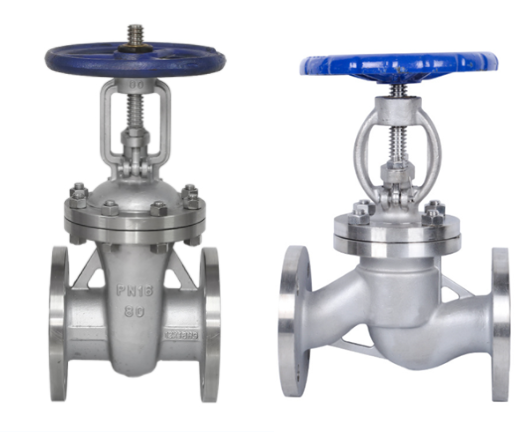Understanding Dual Plate Check Valves and Their Applications in Various Industries
Understanding Dual Plate Check Valves A Comprehensive Overview
Dual plate check valves, often simply referred to as dual plate valves, are vital components in various fluid control systems, particularly in water, oil, and gas pipelines. Their primary function is to allow fluid flow in one direction while preventing backflow, thus ensuring system efficiency and safety. This article delves into the functional mechanisms, applications, advantages, and maintenance of dual plate check valves.
Mechanism of Action
Dual plate check valves operate using two identical plates or discs that pivot on a hinge. When fluid flows through the valve in the intended direction, the pressure forces the plates apart, allowing smooth passage. Conversely, when the flow reverses, the plates swing shut against their seats, effectively blocking backward flow. This design minimizes the risk of water hammer and pressure surge, common issues in pipeline systems, thus enhancing the longevity of the entire setup.
Applications
These valves are widely used across various industries due to their versatility. In the water and wastewater sectors, they are used in both treatment plants and distribution systems to prevent contamination. In the oil and gas industry, dual plate check valves are crucial in maintaining the integrity of pipelines, ensuring that valuable resources are transported efficiently and safely. Furthermore, these valves are also beneficial in HVAC systems and power plants, contributing to effective fluid control.
dual plate check valves

Advantages of Dual Plate Check Valves
One primary advantage of dual plate check valves is their compact design. Unlike traditional swing check valves, which require more space due to their bulky mechanism, dual plate valves are slimmer. This compactness makes them suitable for installations in tight spaces without compromising performance.
Additionally, they exhibit low-pressure drops, which means that fluid can flow easily through the valve without significant resistance. This feature is crucial in maintaining overall system efficiency. Dual plate check valves are also known for their durability; they are typically constructed from materials such as stainless steel or ductile iron, making them resistant to corrosion and capable of withstanding high pressures.
Maintenance Considerations
While dual plate check valves are relatively low-maintenance, routine inspections are recommended to ensure optimal performance. Operators should regularly check for any signs of wear or abrasion on the plates and hinges, as well as any leakages around the joints. Proper installation is also key; ensuring that the valve is oriented correctly in the pipeline will prevent operational failures and extend the lifespan of the valve.
In conclusion, dual plate check valves are essential components in many fluid systems. Their functionality, combined with a range of benefits such as space efficiency, low-pressure drop, and durability, makes them a popular choice among engineers and operators. Ensuring their proper maintenance can lead to significant improvements in system performance and longevity, solidifying their role in modern fluid control technology.
-
The Versatility of Ball Valves in Fluid Control SystemsNewsJun.10,2025
-
The Practical Benefits of Centerline Butterfly ValvesNewsJun.10,2025
-
The Benefits of Bellows Seal Globe Valves for Industrial SystemsNewsJun.10,2025
-
The Advantages of Offset Butterfly ValvesNewsJun.10,2025
-
Ductile Gate Valves: Strong, Reliable, and Essential for Every SystemNewsJun.10,2025
-
Cast Iron Gate Valves: A Reliable Solution for Every SystemNewsJun.10,2025
-
Why Choose a Brass Gate Valve for Superior Performance and DurabilityNewsMay.09,2025




